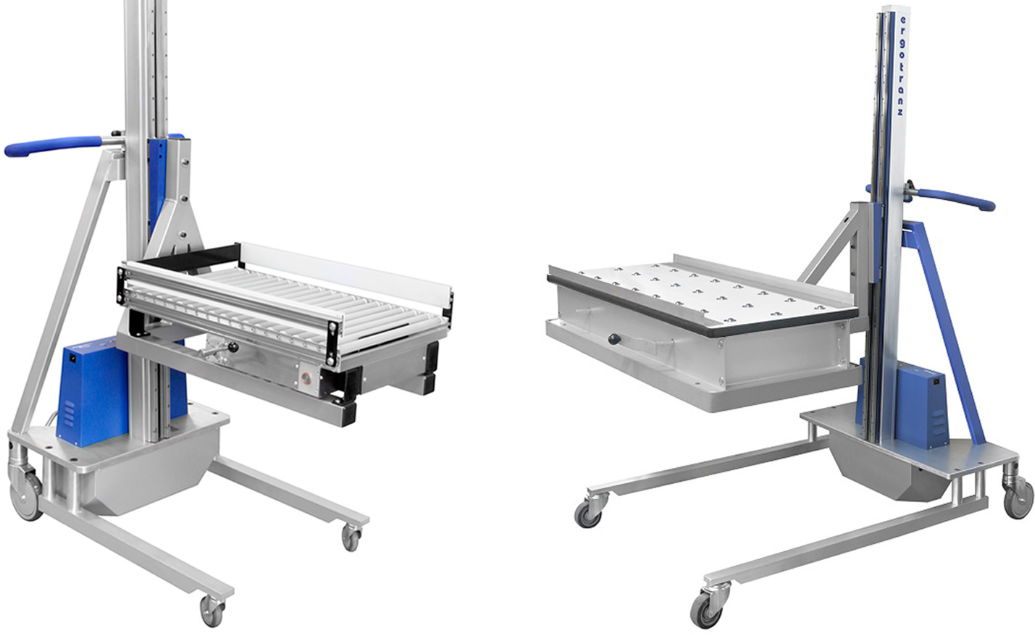In the fast-paced world of modern industry, the emphasis on workplace health and safety has never been more crucial. As businesses strive to create environments that prioritize the well-being of their employees, the role of ergonomic lifting equipment has emerged as a game-changer. Let’s explore how these innovative tools are revolutionizing the landscape of workplace health and safety.
1. Prioritizing Employee Well-being:
The foremost advantage of incorporating ergonomic lifting equipment is the prioritization of employee well-being. Traditionally, manual lifting or the use of non-ergonomic equipment could lead to musculoskeletal disorders and workplace injuries. Ergonomic lifting solutions are designed with the user’s health in mind, reducing the risk of strains, sprains, and other injuries associated with lifting heavy loads.
2. Enhanced Efficiency and Productivity:
Investing in ergonomic lifting solutions not only safeguards the health of your workforce but also boosts overall efficiency and productivity. These tools are engineered to streamline lifting processes, allowing workers to handle tasks with reduced physical strain. As a result, tasks are completed more swiftly and with greater accuracy, contributing to enhanced workplace productivity.
3. Customized Solutions for Diverse Needs:
One size does not fit all when it comes to lifting equipment, and that’s where the versatility of ergonomic solutions shines. Whether your workplace requires lifting aids for warehouses, construction sites, or office spaces, there are customized ergonomic options available. This adaptability ensures that businesses can address their specific lifting needs effectively.
4. Operator-Friendly Design:
It is characterized by its operator-friendly design. Intuitive controls, comfortable grips, and user-friendly interfaces are integral components of these tools. This not only makes the equipment easy to use but also minimizes the learning curve for operators, promoting a seamless integration into daily operations.
5. Safety Features and Compliance:
Ensuring workplace safety goes beyond preventing immediate injuries; it also involves adherence to industry regulations. It often comes equipped with advanced safety features, promoting compliance with safety standards. This proactive approach not only protects employees but also shields businesses from potential legal ramifications.
6. Long-Term Cost Savings:
While the initial investment in ergonomic lifting equipment may seem significant, the long-term cost savings cannot be overlooked. By reducing workplace injuries and enhancing productivity, businesses experience fewer downtime-related losses and medical expenses. The return on investment becomes evident as employee well-being improves, and operational efficiency increases.
Conclusion
In conclusion, the adoption of ergonomic lifting equipment represents a paradigm shift in the realm of workplace health and safety. By prioritizing employee well-being, enhancing efficiency, offering customized solutions, incorporating operator-friendly designs, ensuring compliance, and delivering long-term cost savings, these tools are redefining the standards for a secure and productive work environment.

